#cylinder cone sphere
Explore tagged Tumblr posts
Photo
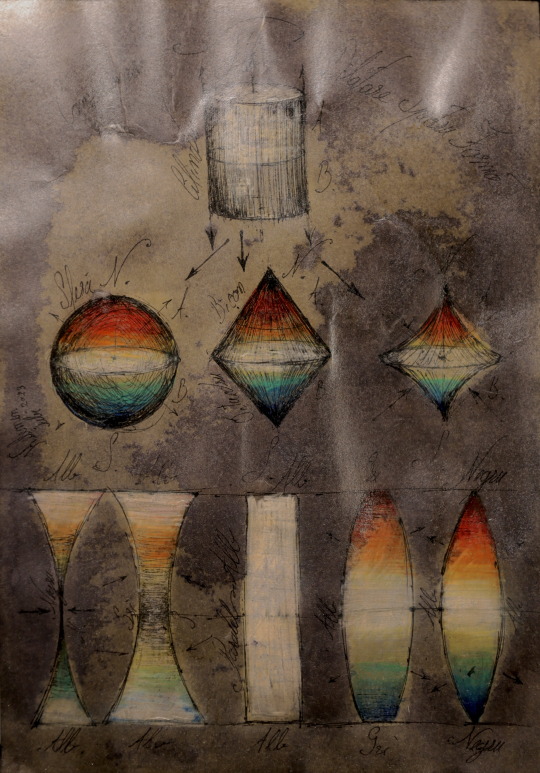
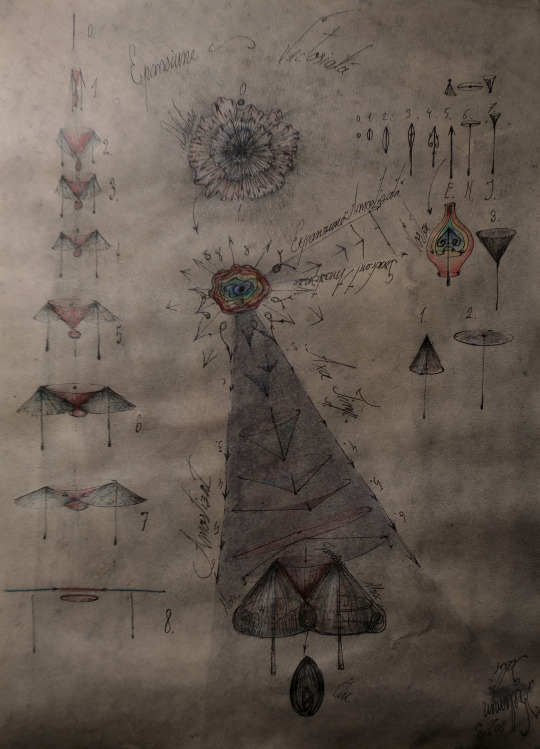
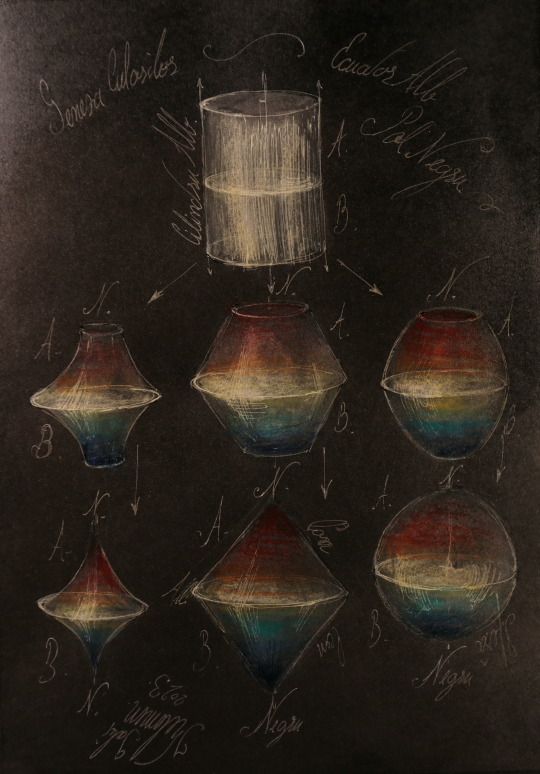
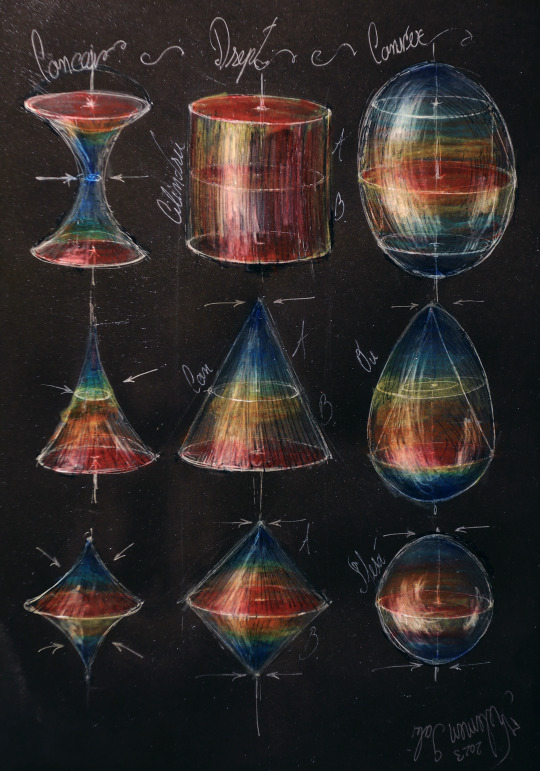
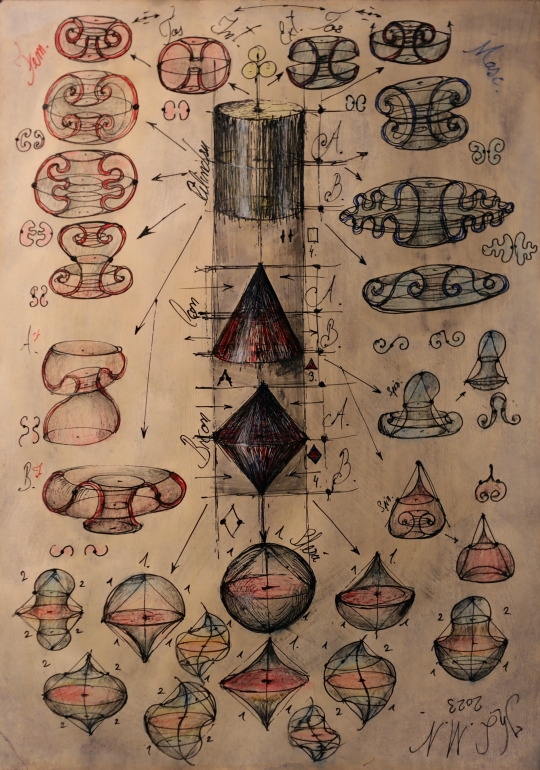
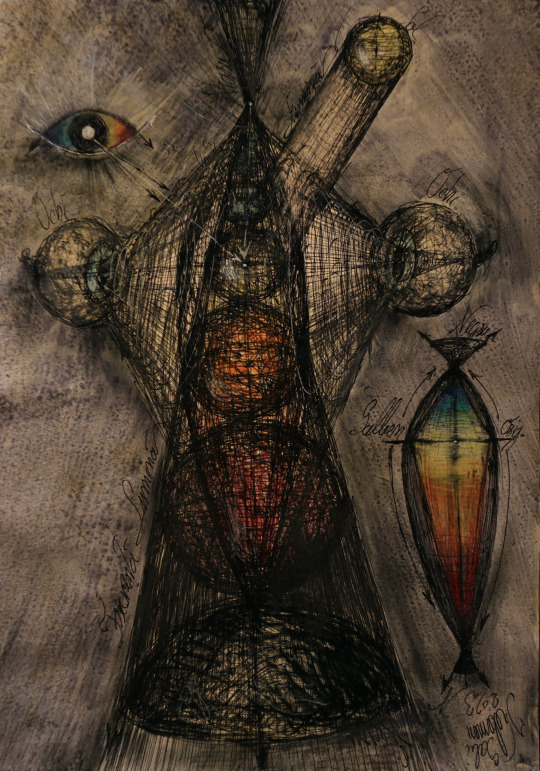
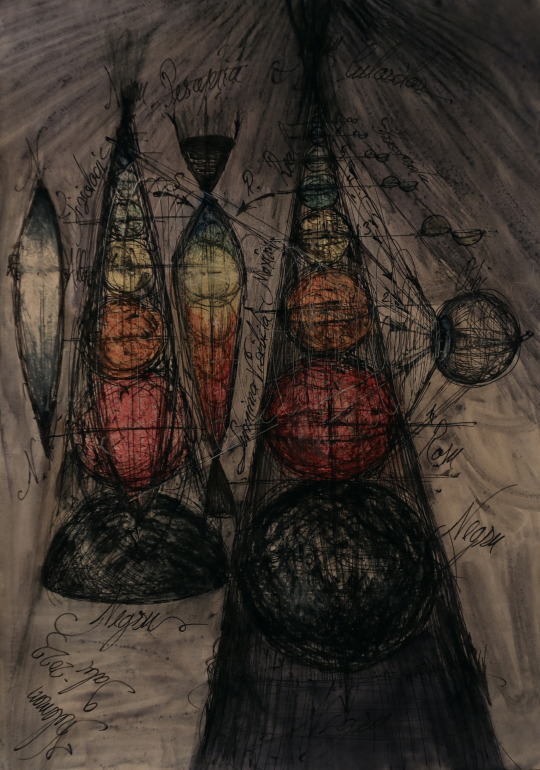
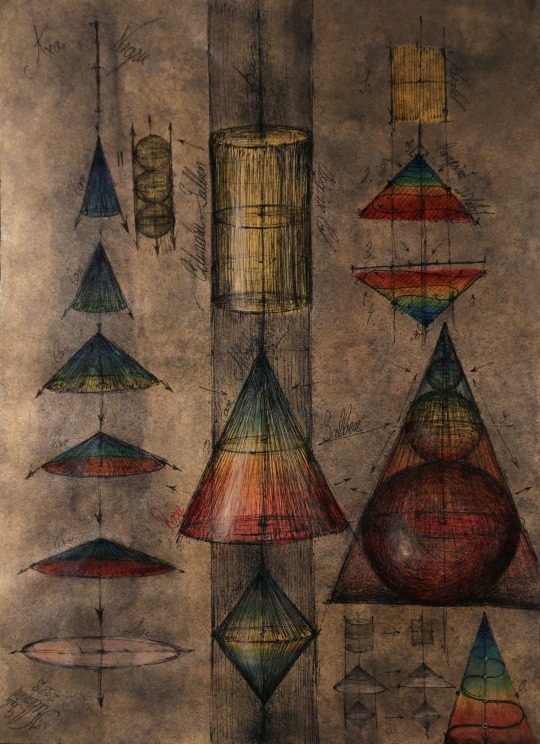
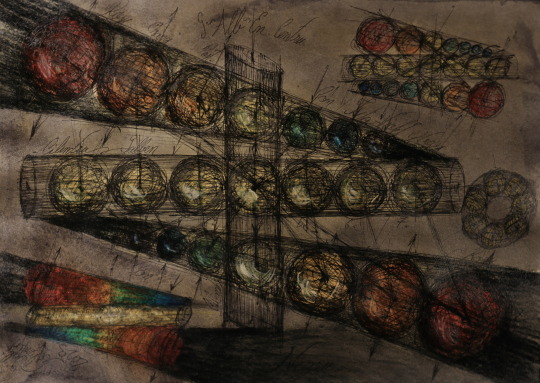
Color sphere cylinder cone KLMN
science of colour
#theory of color#Implosion explosion torus#color codes#cylinder cone sphere#gabriel kelemen#chromatology#science of colour#KLMN CODEX#Light bicone dark#secret
7 notes
·
View notes
Text
Does anyone know how to find missing volume of sphere cylinders and cones?
1 note
·
View note
Text
1K notes
·
View notes
Text

Sundyne fullbody
2nd to last, the big nasty bug lizards!! (Aka sundyne, if you dont want to get kicked across the room)
Here's the evil exposition dump:
Sundyne are under the Cerest label umbrella with Dorest and Rox, but are genetically distinct enough that they aren’t really the same thing.
It’s a commonly held theory among other species that they’re some kind of artificially created Cerest offshoot that went wrong and overtook their creators, but that’s crazy talk and bringing that up around a trad Sundyne is a great way to get snapped at.
They share some things with their Drecu cousins and I would suggest reading their stuff to get the general vibe, but the gist is that Sundyne also have serviceable but poor temperature regulation, their eyes aren’t spherical and are housed in bony cones in their heads, they can see colors that we can’t, they lay eggs and have a similar life stage development cycle,they have extremely sensitive antennas, and they have a mix of endo and exoskeleton/shell.
Their differences are a lot more distinct (obviously) Sundyne are obligate carnivores, for one, and have a lot harder time processing plant matter than Drecu. Their lower mandibles and beak are very sharp and are used to both tear into and hold prey.
When their mouth is closed, these two are pressed together tightly by internal muscles. Along with their little bit of lip and their other mouthparts that fold closely along their face, it gives the impression of their jaw being more like ours (especially when I stylize it and remove all detail >: ) ).
Those internal grabbies are about as strong as a human thumb, and are used to make speaking noises by vibrating them together along with the apparatus in their throat. Those also help to hold/maneuver food without opening the mouth too much (which they see as a threat)
Another difference in their mouth is their tongue, which is housed in a hole along their lower jaw, and its length retracts down their throat.
They use it to strip meat from bone and lick yummy goop out of shell and bone holes.
Their huge eyes function much better at night, and they usually keep them lidded to avoid sensory overload or looking like theyre upset (again, their eyes aren't full spheres in there, and instead are more like weird cylinders that taper as they go back in the skull.)
Like Dorest, all 6 of their fingers on their main hands are separated, though now they are all much larger and longer (at least on this top pair of arms).
Only the claws on their larger top arms are retractable, operating by sliding in and out of a pocket of endoskeleton in their end knuckle.
The smaller bottom arms have a thumb claw like Rox, and none of the shorter and duller on the other fingers are retractable.
Also like Rox, they have a special claw on their foot for kicking stuff, though theirs is much more pronounced and mobile (their other toes are relatively short and also have retractable claws.)
Male Sundyne also have a third pair of 'limbs' that are actually gonopods that fold on their back that they use to carry eggs, another indicator that their genus as a whole may have once had 8 limbs that have since fused or retracted.
Speaking of male, sundyne are not hermaphroditic, with *adults* being distinctly male or female. It's impossible to tell until the first molt after pupation, though.
Sundyne dimorphism is based on this sex difference and it decides their service role in their familial/ societal clans (rather than with Drecu, whose role in the colony decides their sexual role)
Their family units tend to be single dominant reproductive male and female pair, their children, and nonreproductive members.
Traditionally, that dominant pair is decided by whichever is the strongest female and whichever male catches her attention, but modernly and in higher classes there is a lot more linking of clans and inter/extra political and legislative to consider.
The dominant male and female are monogamously bonded, but often switch their single partners a lot for politics etc (though long-held bonds are seen as better) nonreproductive members can have multiple partners and do, but the privilege of eggs is only for that special pair bond.
The closest thing from earth i can say is they're structured a bit like a lion pride or meerkats, though females are the ones who defend the territory while males hunt and rear children once the eggs have been laid/hatched (which is where Rox and Dorest got their child raising roles from)
In any clan, females outnumber males because at a certain age most males are meant to leave and go join another clan. Because of this, the nonreproductive females often assist with resource gathering/some ither male roles (though they're given their own pronoun for this since males are their own special thing)
Males are smaller in height and sleeker, and have more markings on their face/ body (while they look very flashy to us, it helps break up their shape to their colorblind prey).
They also retain one more set of limbs than females: gonopods like Drecu on their back that also help hold their females eggs in place (once the female is ready to lay them, they give them to the male with an ovipositor) .
Females are much larger and more muscular, with fewer markings but often more impressuve crowns of horns. They also don’t have the same external genitalia structure.
The horn things on a female will drop and regrow more based on hormone signals from their social status and/or their environment. On a male, they will not (but they do keep growing constantly)
I keep saying "things" on their head because they're structured sort of like horns but not quite.
Theyre more or less hollow/spongy bone on the inside with a thin sheath covering , more or less permanent, and sort of vascularized and growing for the whole year. BUT they can branch, don’t have a single living core, and they can drop and regrow if damaged enough by the root (kind of just a spongy thing growing out of a bone shoot idk).
Horn damage on a male is seen as extremely unattractive and disgraceful (the long continually grown unbranched ones are the beauty standard since it exemplifies how precious they are)
Females use them a lot more for combat, territoriality, and social status (whereas males use them for defense and social status) so they get cracked more often. If this happens, theyll regrow with some deformation around the sheath. If they get access to a better food source, they’ll also drop and then regrow better and stronger (but smooth and with no tines). For the few reproductive females, they will shed and regrow bigger/stronger horn things with more branches yearly the longer they’re the dominant female as a status symbol. Any horn branches are looked at very favorably on females, but the crooked/unnatural spurs and bumps caused by damage is looked at as a low status symbol since the only reason they’d still have it is if they aren’t dominant enough to get the signals to drop and regrow them the right way.
As for their life cycle, its a lot like Drecu. Egg, little gloopy grub thing, bigger goopy grub thing, prepupa, chrysalis, juvenile adult stage.
However, during pupation adults can’t ‘choose’ the final form of their offspring like Dorest and Rox can. Males are considerably more favored because they leave their home clan to build ties and status in other clans, ultimately expanding the influence of the family and more freely rising in the ranks (they leave, marry in with a female of equal or greater status, and can move up by taking out other males there. a female doesn’t typically leave their birth clan, and could never become the dominant female of their own clan because incest and patricide taboo, and the only way they’d be able to in another clan is if they enter as a nonreproductive and maybe get lucky enough that the dominant female falls out of favor so you can yake her place)
If they had the chance most clans would cull many of the females in their clutches, but since they can’t tell the difference until the age where their kids are legally considered people, it’s harder to do that.
Succession rites for females follow a matriline from the dominant female, but they have their own internal pecking order established through literal and social pecking. If you’re a better fighter or just smarter/more useful, you’ll have a higher status. But if you were born in that clan, you'll never be the dominant female unless the male gets taken out of the equation too, making an opening for a new leader.
Males get their initial status from their pair with a female upon entry to a new clan, but they can actually move up to the dominant position by killing or otherwise removing the previous male. After this, they can choose a new female.
Their biological roles of hunter/nurturer for male and protector/fighter for female translates to their modern sociopolitical roles pretty literally. Males hold power as lawmakers, media makers, educators, and leaders due to their more 'intellectual' domestic role and ability to bridge clans in alliances.
. Though they are physically superior, females become the males protection once they are paired. They hold power within a clan and often in the military or as lower government officials, but outside of the clan their reach is pretty much carrying out and enforcing the orders of their male.
Their dynamic is like a sword and its wielder, or a speaker and their voice, though it is also referenced in their own culture as a male/female pair being “the sun and its moon.” They also take great pride in this binary, seeing it as something that sets them apart/ male and female completing each other to form the perfect whole.
Straying from this is a one way ticket to being either kicked out of the clan, jailed, or killed depending on where you are and who you’re dealing with.
They will enforce it onto any other species they meet (which is part of why Dorest and Rox are rigidly separated by a gender role along with their biological role in the colony, even though they are both sexes)
Sundyne clans are at the tippy top of Cerest society’s order (wirh Seru being the tippy top of the Sundyne exclusive caste, represented by a circle). They oversee their Drecu colonies and use their resources and manpower to expand their territory. This hierarchy is deeply entrenched, with any Drecu within a trad Sundyne structure believing that the Seru are immaculate and powerful beings.
Another conspiracy theory is that back in the early days of Sundyne development they probably preyed on Drecu and infiltrated their colonies through pheromone manipulation, overtaking that territory for their clan. The pheromone thing allows them to influence the general emotions of Cerest around them and give loose instructions, and to stop the instinctive swarm swarm swarm kill kill kill responses Drecu get when they see them (To Drecu, Sundyne look like creepy elongated nightmare versions of themselves, and though this response has largely been bred out most Dorest and Rox still feel an uncanny effect from looking at them. ) again, that's crazy talk though and never happened.
One more to go, and its the funny parasite worm ones
#Cerest#Drecu#Sundyne#pleas ask me questions please oelsease please#this was fun to make but sometimes i feel i dont connect the dots when writing it all out so if you actuakky read all this and notice#any discrepancies or stuff tou dont get please ask meeee#love these guys. horrid neon raptor people AND theyre every kind of phobic and ist there i#alien species#original species#drawing#spec evo#worldbuilding#speculative biology#xenobiology#very excited to share my sundyne character too i hate her she sucks so much
68 notes
·
View notes
Text
Writing Notes: Elements of Art
The elements of art are components or parts of a work of art that can be isolated and defined. They are the building blocks used to create a work of art.
LINE A mark with greater length than width. Lines can be horizontal, vertical, or diagonal; straight or curved; thick or thin.
Horizontal lines suggest a feeling of rest or repose because objects parallel to the earth are at rest. In landscape paintings, horizontal lines help give a sense of space. The lines delineate sections of the landscape, which recede into space. They also imply continuation of the landscape beyond the picture plane to the left and right.
Vertical lines often communicate a sense of height because they are perpendicular to the earth, extending upwards toward the sky. In a church interior painting, vertical lines may suggest spirituality, rising beyond human reach toward the heavens.
Horizontal and vertical lines used in combination communicate stability and solidity. Rectilinear forms with 90-degree angles are structurally stable. This stability suggests permanence and reliability.
Diagonal lines convey a feeling of movement. Objects in a diagonal position are unstable. Because they are neither vertical nor horizontal, they are either about to fall or are already in motion. The angles of a ship and rocks on the shore convey a feeling of movement or speed in a stormy harbor scene.
The curve of a line can convey energy. Soft, shallow curves recall the curves of the human body and often have a pleasing, sensual quality and a softening effect on the composition. The edge of a pool in a photograph may gently lead the eye to the sculptures on the horizon.
SHAPE A closed line. Shapes can be geometric, like squares and circles; or organic, like free-form or natural shapes. Shapes are flat and can express length and width.
FORM A three-dimensional shape expressing length, width, and depth. It is the basis of sculpture, furniture, and decorative arts. Balls, cylinders, boxes, and pyramids are forms. They can be seen from more than one side.
Geometric shapes and forms include mathematical, named shapes such as squares, rectangles, circles, cubes, spheres, and cones. Geometric shapes and forms are often man-made. However, many natural forms also have geometric shapes. Example, a cabinet decorated with designs of geometric shapes.
Organic shapes and forms are typically irregular or asymmetrical. Organic shapes are often found in nature, but man-made shapes can also imitate organic forms. Example, a wreath uses organic forms to simulate leaves and berries.
SPACE The area between and around objects. The space around objects is often called negative space; negative space has shape. Space can also refer to the feeling of depth.
Real space is three-dimensional; in visual art, when we create the feeling or illusion of depth, we call it space.
COLOR Light reflected off of objects. Color has 3 main characteristics:
Hue - the name of the color, such as red, green, blue, etc.
Value - how light or dark it is.
Intensity - how bright or dull it is.
White is pure light; black is the absence of light.
Primary colors are the only true colors (red, blue, and yellow). All other colors are mixes of primary colors.
Secondary colors are two primary colors mixed together (green, orange, violet).
Intermediate colors, sometimes called tertiary colors, are made by mixing a primary and secondary color together. Some examples of intermediate colors are yellow green, blue green, and blue violet.
Complementary colors are located directly across from each other on the color wheel (an arrangement of colors along a circular diagram to show how they are related to one another).
Complementary pairs contrast because they share no common colors. For example, red and green are complements, because green is made of blue and yellow.
When complementary colors are mixed together, they neutralize each other to make brown.
TEXTURE The surface quality that can be seen and felt. Textures can be rough or smooth, soft or hard. Textures do not always feel the way they look; for example, a drawing of a porcupine may look prickly, but if you touch the drawing, the paper is still smooth.
Texture depicted in two-dimensions. Artists use color, line, and shading to imply textures. In a painting, a man's robe may be painted to simulate silk. The ability to convincingly portray fabric of different types was one of the marks of a great painter during the 17th century.
Surface texture. The surface of a writing desk is metallic and hard. The hard surface is functional for an object that would have been used for writing. The smooth surface of a writing desk reflects light, adding sparkle to the piece of furniture.
Principles of Design ⚜ Writing Notes & References
#writing notes#art#writeblr#writing prompt#writers on tumblr#poets on tumblr#literature#spilled ink#poetry#writing advice#writing tips#writing reference#dark academia#studyblr#light academia#lit#words#art reference#art resources#writing resources
86 notes
·
View notes
Note
i'm loving seeing you post more of your art!! out of curiosity, how long have you been drawing? is there anything specific you do to practice or do you just pick something and draw it? (i've been trying to learn to draw myself for the past year or so, and seeing your art more often has become somewhat of an inspiration for me!)
ive been doodling all my life! thought when i say "doodle" i mean "as an unmedicated youth i was unable to focus on a drawing for more than 45 minutes at a time"
here's some posts from an art blog i had in middle school, and the first year of highschool.
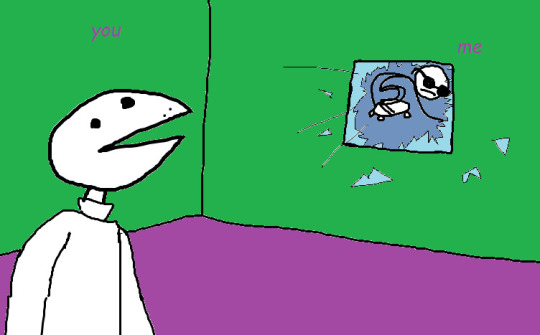
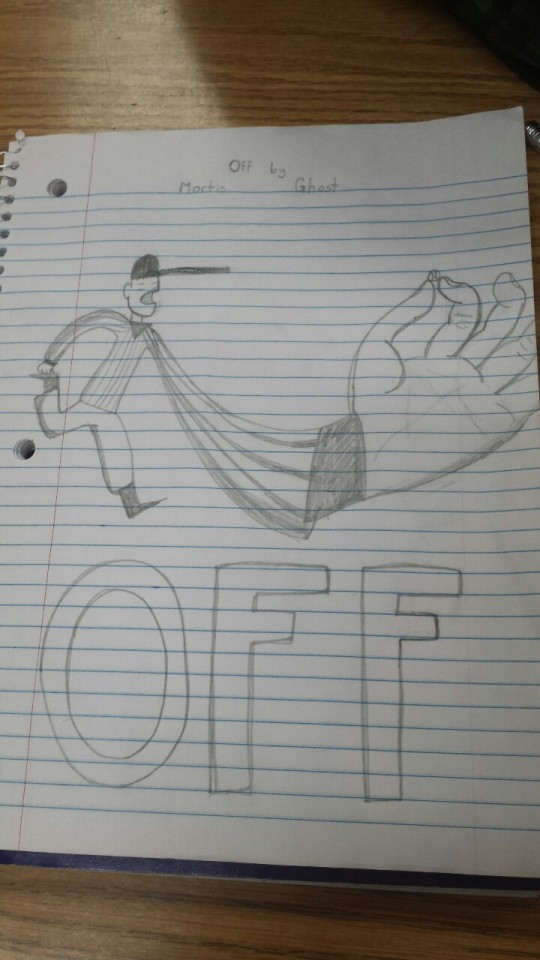
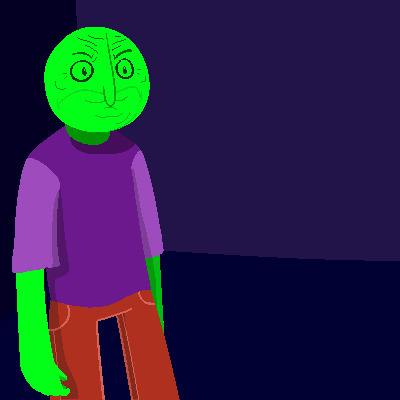
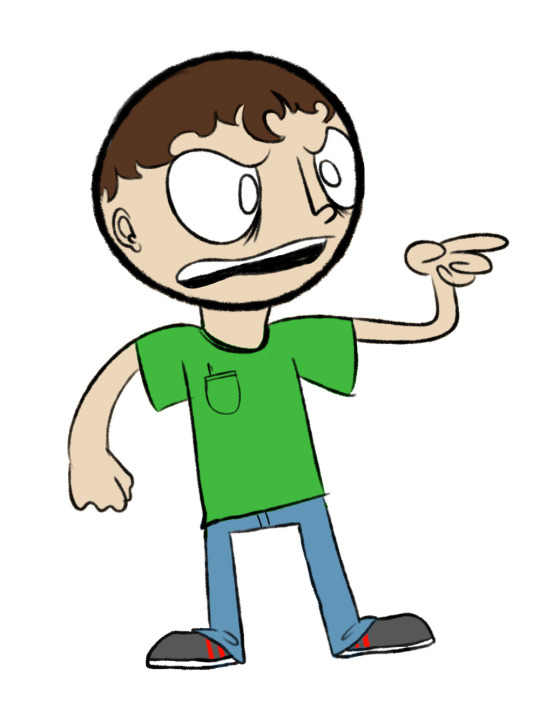
what most critically separates this art from the art ive been doing recently is that i NEVER used any refrence. ever. i looked at stuff to make sure i knew what it looked like, but the rest was always roughly estimated based on what i thought would look good (which was largely based on cartoons).
but i only ever started trying to "learn how to draw" over the past year. here's the thing: spending a bunch of hours practicing drawing cubes and cylinders is like. all you have to do to see yourself start improving in real time.
draw a bunch of cubes and cylinders, and learn how to make them look realistic in proportion to each other using references to guide you. practice drawing stuff like basic buildings, cans of soda, maybe a cake (3 short fat cylinders on top of each other) if you're feeling daring. then try to draw slightly more complicated shapes, like spheres and cones and stuff. layer these shapes on top of each other to make more complicated shapes. you're gettin the picture.
infuriatingly, basic shapes is like 40% of the "getting it to click" work done.
after than, move on to 30 second sketches of nude models using this site. yeah, only 30 seconds. it doesnt matter if it comes out looking like shit, the point is learning how to simplify complicated shapes down into their most basic lines. dont waste time erasing. dont waste time pressing ctrl-z. erasing is your enemy. you arent learning how to erase, you're learning how to draw. (you'll get your eraser back later).
do this hundreds of times. yeah, hundreds. put on a podcast or something. get in a voice call with your friends. but ya gotta practice this one. that's the next 20% of making it "click".
now, unfortunately, the last 40% is just a matter of slamming your head against the wall of art until things slowly start to look better and better. it's sort of like a chemical formula, in that the closer you get to 100% purity, the more and more difficult it becomes to distill it.
the key is to ALWAYS use reference. you cannot learn how to realistically draw something you've conjured from your mind if you cannot depict something that's right in front of you realistically.
im currently in this valley, as most artists are. in fact i dont think it's possible to make art "click" in your mind 100%, but it sure is fun to inch closer and closer!
below is a bunch of art in chronological order from april to now. you'll see that it's not really a straight road of getting better and better, but you'll see my lines slowly getting more confident and details becoming more clearly defined!
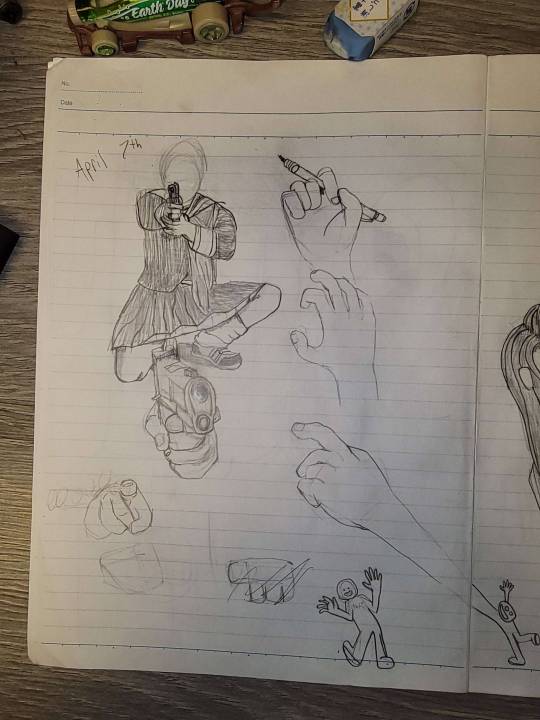
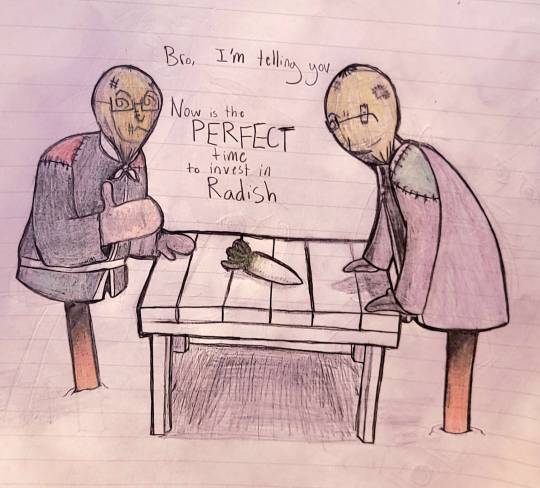
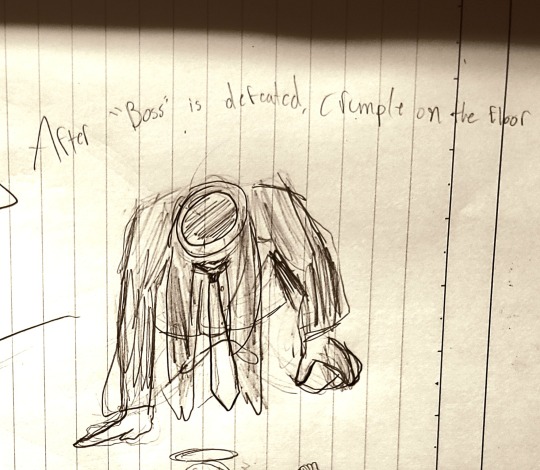

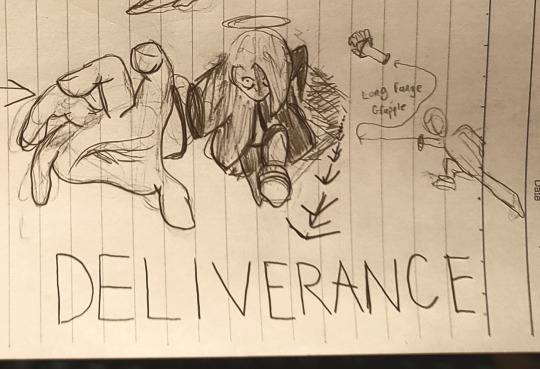
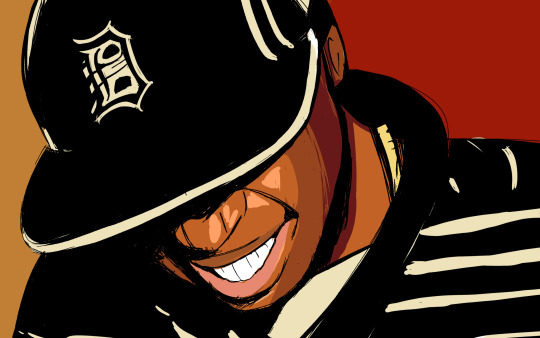
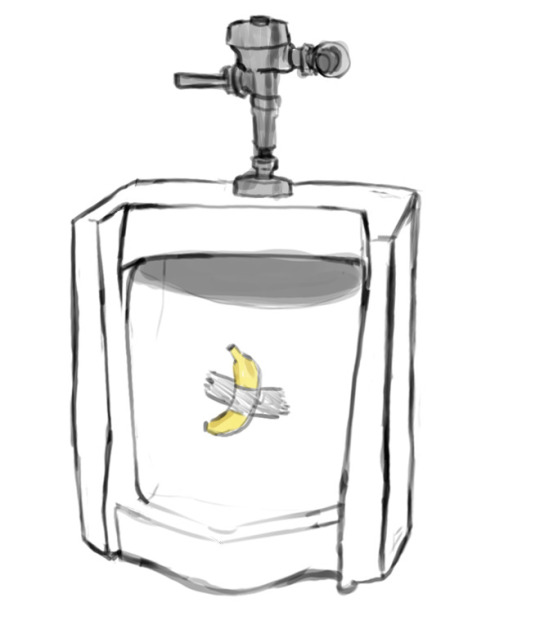
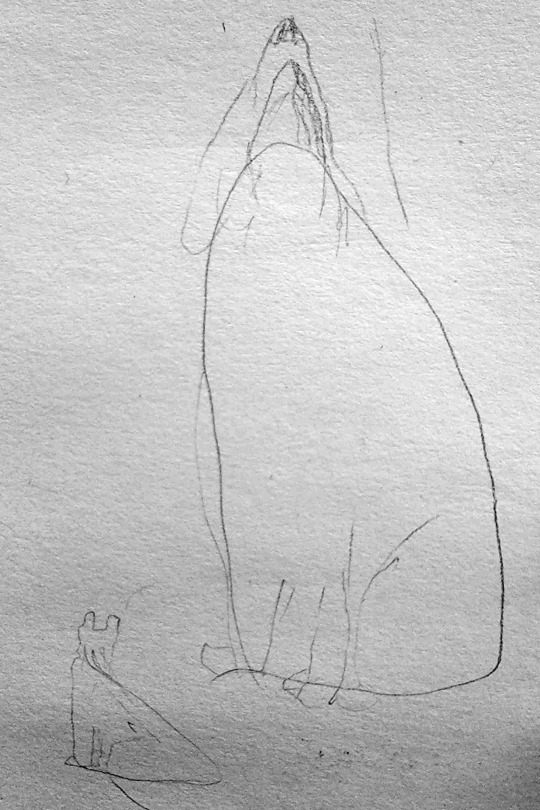
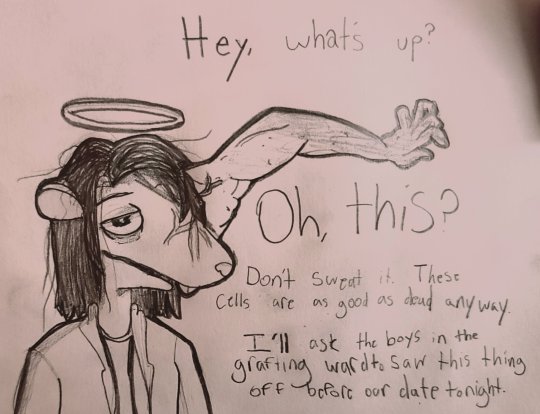
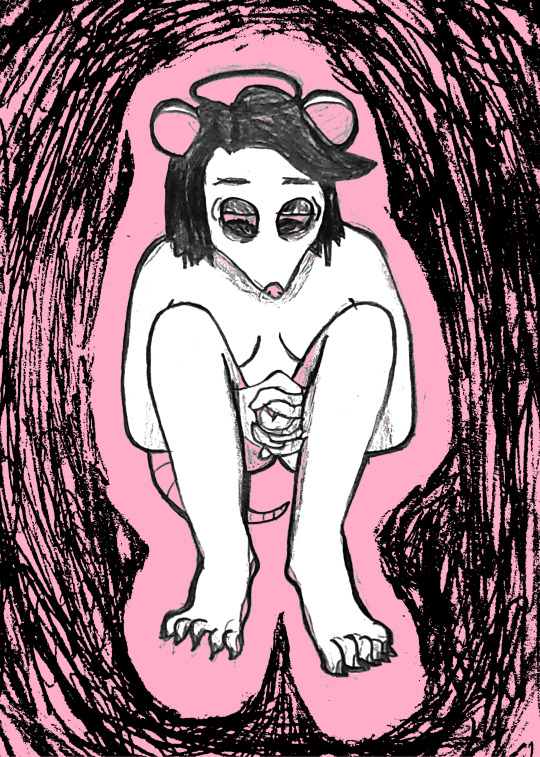
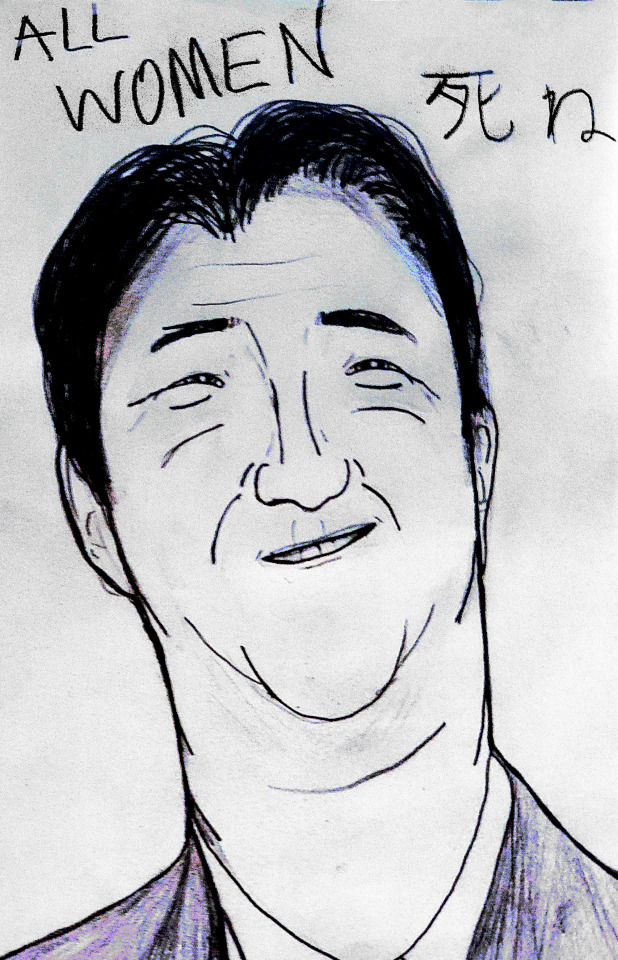

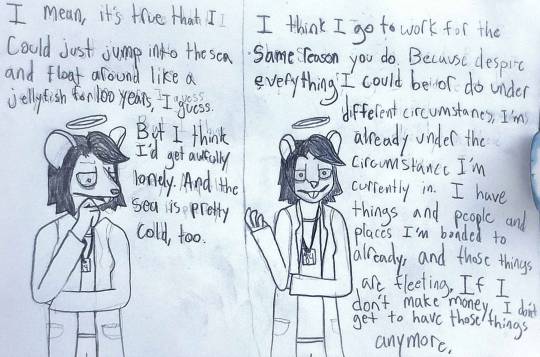
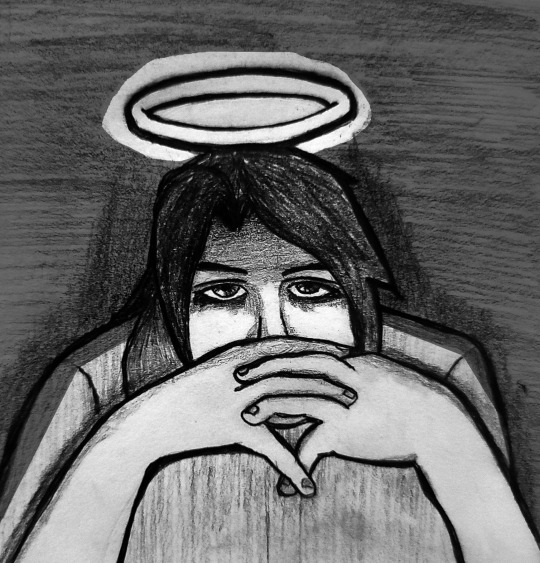
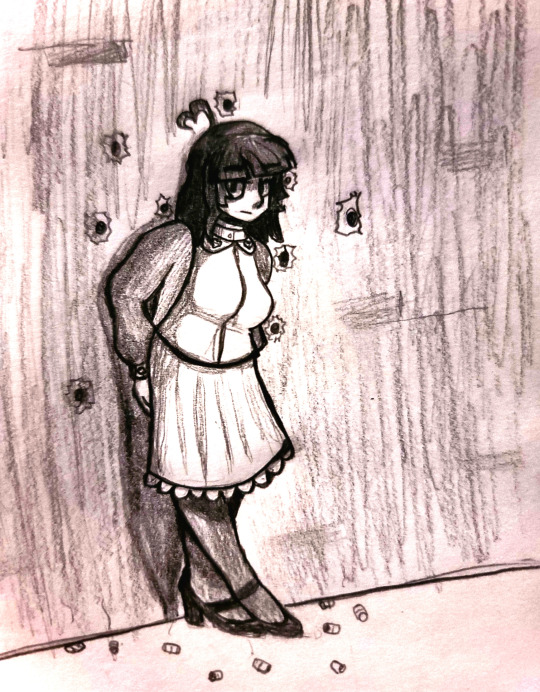
91 notes
·
View notes
Note
your drawing guides are SO helpful. Thanks for making them! I was wondering, how did you get to good at breaking down and figuring out what forms/shapes to use?
Thank you! I'm so glad they've been useful!
Well, something I've learned is that you can basically draw anything, and I mean anything, with just a handful of specific shapes, which are cylinders, spheres, squares, rectangles, and cones/triangles.
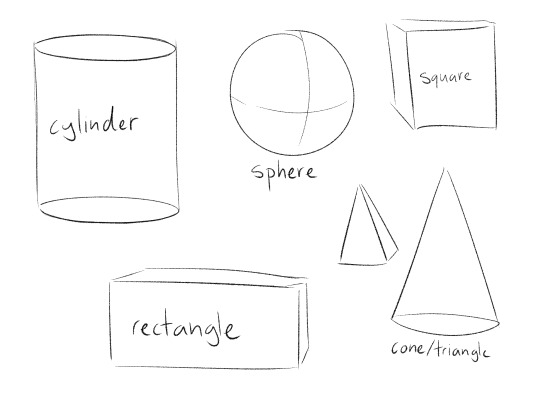
These are your building blocks to drawing anything and everything, it's just a matter of breaking whatever it is you want to draw down to these shapes.
For example, here's a picture of my doggo.
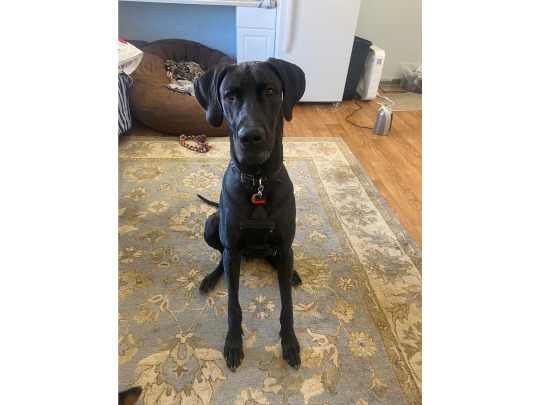
Let's break him down.
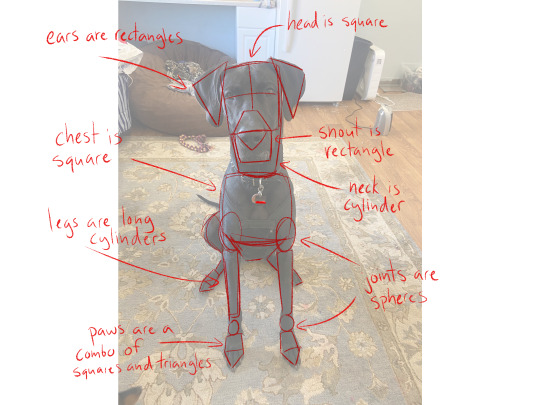
It's all about ignoring the details, colors, textures etc... and simplifying your subject into its most basic form. And once you do that, it's easier to sketch them out using these shapes as building blocks to construct them. Once you have the basic shape, pose, or expression sketched out, you carve away what you don't need and add detail, clothing, hair, facial expressions etc..
We'll use Lucifer as another example, as I can go back to his character sheet.

You can even break down their clothes if you want, like Lucifer's hat:

You give the shapes curves and depth to show direction and action, don't feel like you have to keep them frigidly in their pristine, straight-lined shapes. Be loose with it.
So far, with deconstructing Hazbin characters, I've found that most of their shapes are triangles and cylinders (of various sizes and widths). They also tend to be very curved and fluid, which is fun.
In the end it kind of just takes practice and training your brain to strip away all the fancy details, cut the character 's body into the basic sections we know of (face, neck, chest, torso, pelvis, arms, legs, feet), simplify those into their most bare-bones shapes, and pay attention to how those those shapes connect together.
Hope this helped, or shed some light on my process XD
#don't know if this helped#or if it just comes off as rambly#but yeah#its just about training your brain to look for these specific shapes and simplifying your subject with them#once your know the basic shapes of the character you can basically draw them doing whatever you want#and remember kids#when you're sketching#sketch light and loose#light loose and quickl#the slower more critical side of drawing comes after the rough sketch#the sketch is supposed to be rough#details take of#like#90% of the process#anywho#thanks for the ask#Im glad my drawing guides are helping#anon#anonymous#asks
72 notes
·
View notes
Note
Could I request some more shapes? :)
3D Shapes!
Sphere, Cube Cylinder, Rectangular prism Cone, Torus






20 notes
·
View notes
Text
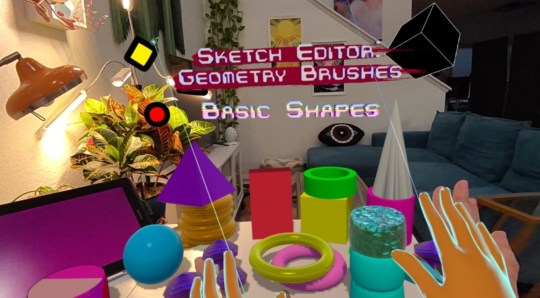
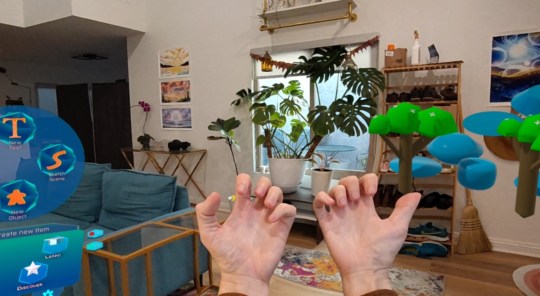
November 6 2023
Today's screenshots are: Man Experiencing Shape Mania
I've spent the last week or so working on a tutorial video explaining How To Make Shapes, which was a noble endeavor at first, but has quickly devolved into a feverish prism of my own design.
Cylinders litter my floor. Spheres will not stop rolling. Stacks of disks with incorrect collision modifiers explode at the slightest touch. Imperfect cones vibrate menacingly as soon as they are given physics. The pyramids and cuboids surely plot my demise.
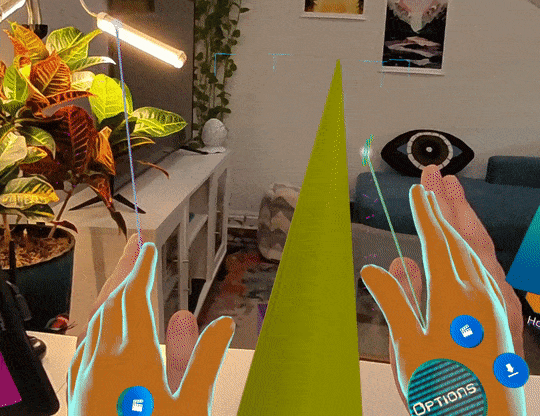
"Easy there, girl..."
If you do not hear from me after this next week, then I have surely fallen into their trapezoid. Do not seek me out, for I will be polygone!
#figmin xr#devlog#augmented reality#gamedev#game dev#dev log#in other words i had to re-record and re-edit all my footage today and if i see one more cube i'm gonna commit atrocities#VOICEOVER RECORDING TOMORROW THOUGH..... and then final edits#i hope 🤞🤞
92 notes
·
View notes
Text
PornHub.com
Search 🔍
"spheres"
"conical spheres"
"spherical cones"
"trapezium"
"octogonal cylinders"
"hexagonal prism"
"cube"
"cuboid cube"
Yuup. im a Shapes pervert.
11 notes
·
View notes
Text
It's so weird that most useful (to me) art advice sounds like most weird one, like, "if you're drawing something - pretend you're not drawing it"
Mountains? Nah, just rocks. Trees? Scene with weird goofy cylinders. Human? nooooo, nothing human in that pile of primitives
Everyone knows that you need to build things from cubes\spheres\cylinders\cones etc. but it's so weird you actually need to pretend it's only primitives and their modifications that happens to look like something you know but you need to ignore similarities
You're making emotional sketch with your oc or other character of choice, maybe while listening nice music that sets the mood, and then moment comes where you're like
Nice sketch! Alas we're not drawing it anymore. We're playing new game: place some * very much random * cubes on top
27 notes
·
View notes
Photo
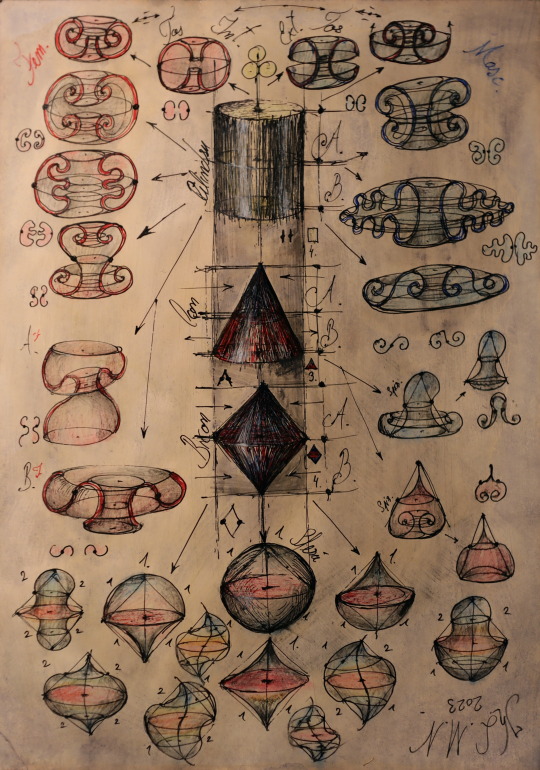
Cylinder cone sphere vortex
2 notes
·
View notes
Text
Understanding spheres
Spheres are easy to draw but hard to work with. To demonstrate, let's do an exercise. Here is a sphere sitting on top of a cube:

I want you to mentally mark down where you think the sphere is making contact with the cube below it. Click keep reading to see the answer.
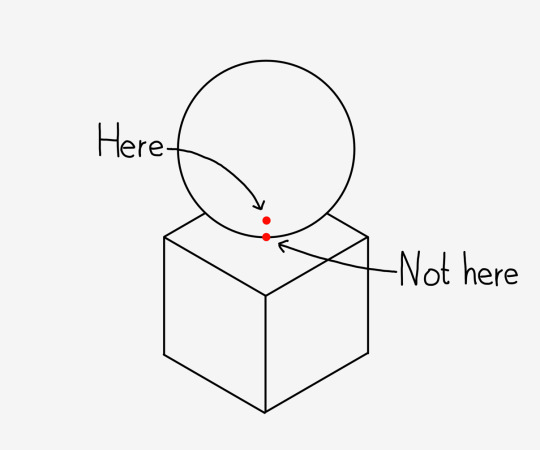
Since we are seeing the cube slightly from above, we are also seeing the sphere slightly from above as well, meaning that the bottom of it is slightly behind it.
One mistake people make when they don't understand this is one that I intentionally replicated with the image above. As you can see, the sphere isn’t centered on top of the cube properly, it is slightly towards the back.
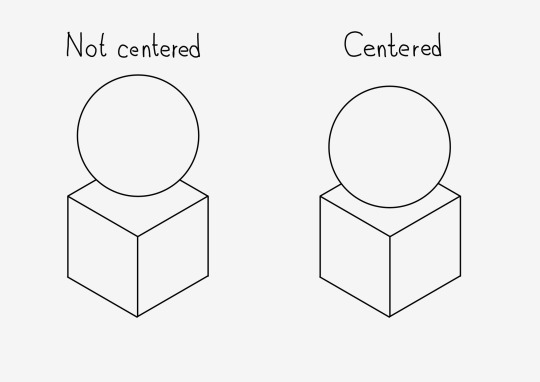
Since it can be difficult to tell where the sides of spheres are in 3d space compared to other shapes, it is easy to end up drawing it slightly off from where it should be.
Another similar mistake that I see a lot of people make is drawing cylinders thinner than they should be. When you look at art made by beginners, you’ll sometimes find some people drawing the far leg of people a lot thinner than the close leg.
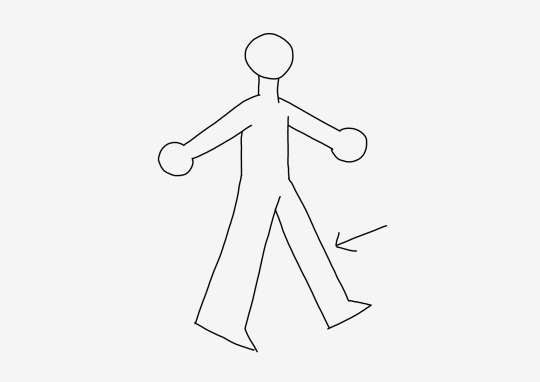
Many people will look at this and think it is because the artist simply wasn’t paying enough attention. But I find that it is usually because they are making the mistake above. When the base of the far leg is obscured by the close leg, they try to think three dimensionally to figure out where the lines should go. But then they assume that the silhouette of the leg needs to be drawn at the front and the side.
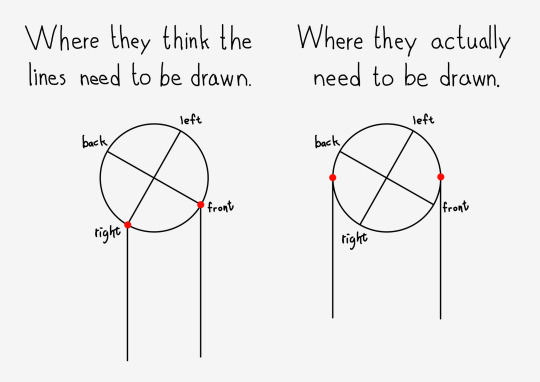
When in reality, where these lines actually need to be drawn have nothing to do with any of those directions.
One way to get a better feel for how round objects should be drawn is what I did in the image above. Imagine the thing you want to draw from a different angle first, where it’s easier to see the necessary widths and heights, and try to keep them when returning to the angle you actually want to draw from.
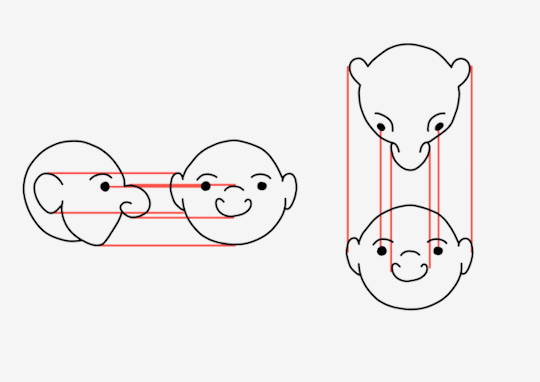
I could probably make an entire post covering different things you could learn from this technique alone, so instead I’ll just quickly cover a couple of them.
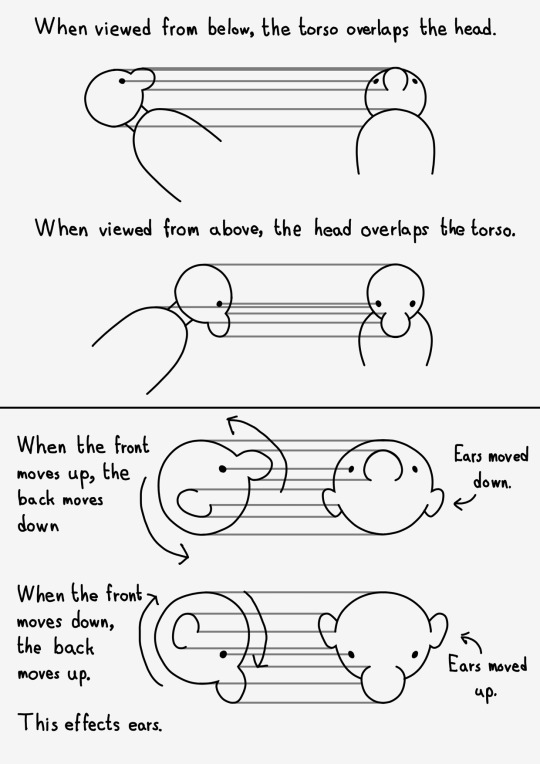
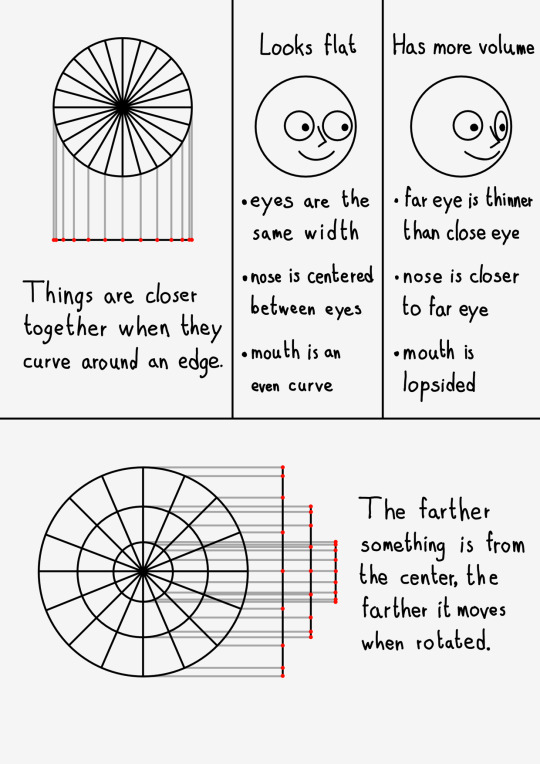
These might seem obvious, but you’d be surprised by how many professional artists I’ve seen who didn’t have a solid grasp on at least one of these.
So far I have mostly covered things in orthographic projection. Things are a lot more complicated in perspective. One difference is that, whereas in orthographic projection, everything is always seen from the same angle, in perspective, things are seen from different angles depending on where they are relative to the camera. Everything that is above the camera is seen from below, and everything that is below the camera is seen from above. I have made a modified version of the method above that works in perspective. It’s this one that I talked about over here.

Most of the methods I know for drawing spheres in perspective will start by having you draw a circle in perspective, which itself can be a lot if you want to be precise. Which is why I haven't really gone into depth about them. However, there is one misconception that I would like to clear out. Most people tend to believe that, just like in orthographic projection, a sphere in perspective is just a circle. When in reality, this is only true if it is perfectly centered on the center of vision. The moment that it moves to the side even slightly, it will become an ellipse. The best way to understand why is to take a look at the picture plane and station point.
If you imagine the light traveling from our sphere towards our station point, the light will take the shape of a cone, meaning that a sphere's shape in perspective will be that of a cones intersection, just like circles
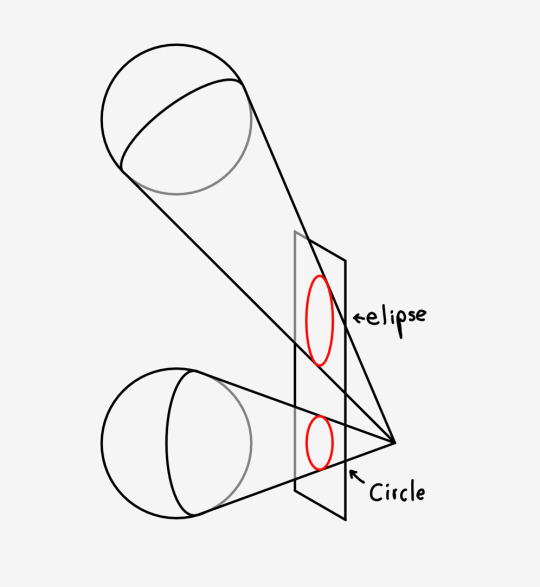
If the sphere is centered on the center of vision, it is a circle, if it is off to the side, it is an ellipse, and, just like a circle, if it is reaching behind the station point, it is a hyperbola.
Most of the time, it will only slightly lean towards an ellipse. Unless you are drawing with a really wide field of view, and you allow yourself a decent margin of error, then a circle is usually good enough. I just think this is useful to know if you ever find yourself drawing some extreme perspective, and a circle suddenly becomes off.
9 notes
·
View notes
Text
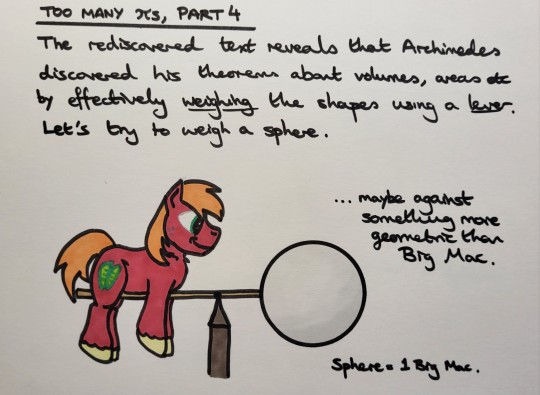
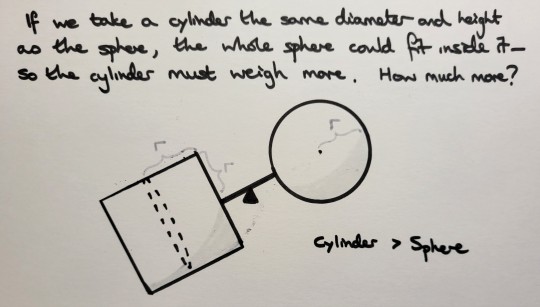
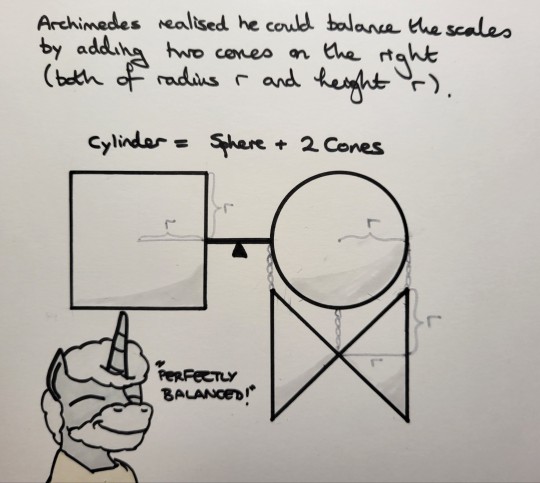
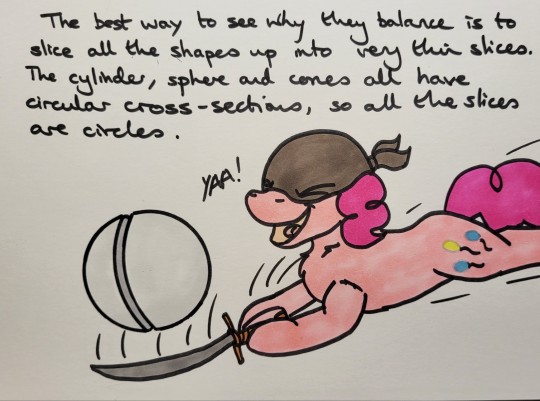
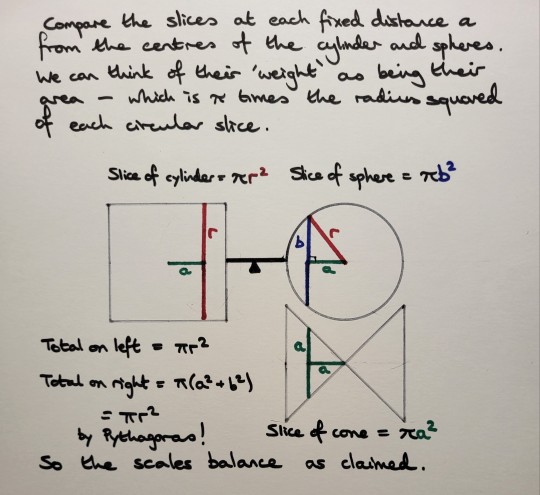
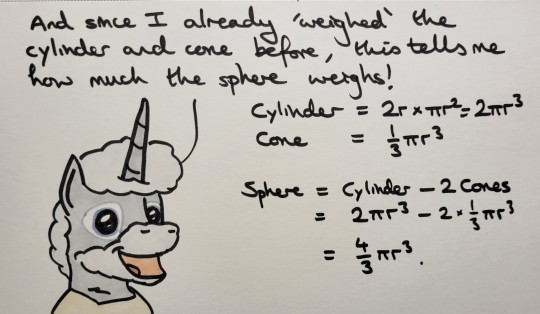
"Too many pis", Part 4 (of 4)
{Plain text:
The rediscovered text reveals that Archimedes discovered his theorems about volumes, area etc by effectively weighing the shapes using a lever. Let's try to weigh a sphere.
If we take a cylinder the same height and diameter as the sphere, the whole sphere could fit inside it, so the cylinder must weigh more. How much more? Archimedes realised he could balance the scales by adding two cones to the scales, both of height and radius r.
The best way to see why they balance is to slice all the shapes up into very thin slices. The cylinder, sphere and cones all have circular cross sections, so all the slices are circles.
Compare the slices at each fixed distance from the centres of the sphere and cylinder. We can think of their weight as being their area. By Pythagoras the slices of the cone and sphere exactly balance the slice of the cylinder. So the scales balance!
And since we already know the weight of the cylinder and cone, this tells us the weight of the sphere! }
53 notes
·
View notes
Text
10 notes
·
View notes
Text
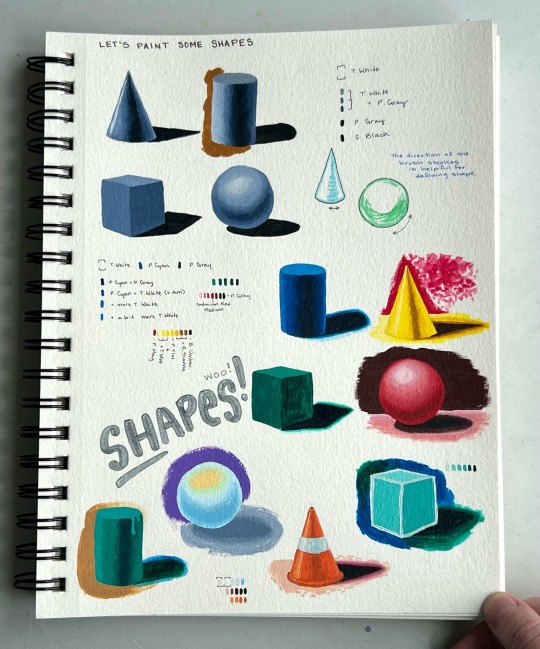
Finally got around to finishing this page in my acrylic sketchbook. I like to do these painting basics pages occasionally. This one is painting various shapes (cone, cylinder, box, sphere), starting with greyscale at the top and going down to more creative shapes.
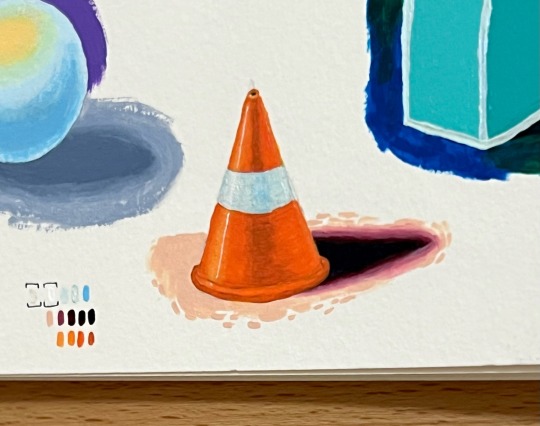
I really like how this little cone turned out. I painted it to be a safety pylon.
Acrylic on watercolour paper, I think this sketchbook is 7 inches by 10 inches?
#traditional art#art#painting#acrylic on paper#acrylic painting#painting basics#painting shapes#shapes#acrylic sketchbook#practice
7 notes
·
View notes